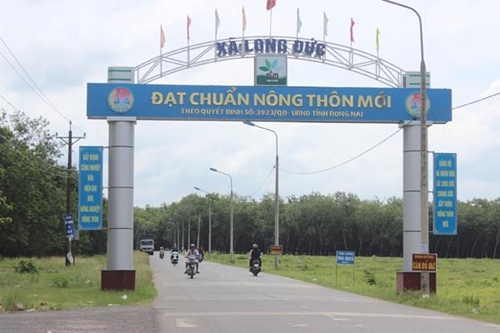The figure includes more than 81 trillion VND from the local corresponding capital and 79 trillion VND from local communities and residents, according to the Central Coordination Office on New Rural Area Development.
    |
 |
|
Long Duc commune in southern Dong Nai province was recognised as new-style rural area. (Source: baodongnai.com.vn) |
Localities have focused investment on upgrading socio-economic infrastructure, thus creating remarkable improvements in production and living conditions of local life.
So far, 98 percent of rural communes in the Southeast region have their main roads concretised and the rate in the Mekong Delta is 96.5 percent.
This has facilitated sales of farm produce and attracted major businesses to invest in the rural region, including remote areas.
Particularly, the One Commune, One Product (OCOP) programme has received great attention from localities and gained certain outcomes.
Thirteen provinces and centrally-run cities in the Southeast and Mekong Delta regions have approved provincial-level OCOP projects covering the standardisation of 369 products through 2020. Ben Tre is the only province in the two regions to implement the classification of OCOP with 31 products gaining 4-star standards and 14 ones earning 3-star standards.
As of July 2019, the Southeast region and the Mekong Delta had 874 out of the 1,731 communes, or 50.49 percent, recognised as new-style rural areas, which is almost equal to the national rate of 50.8 percent.
Dong Nai became the first locality in the nation to recognise 31 new advanced rural areas.
The two regions had 30 districts meeting the new-style rural building standards, including 18 in the Southeast region. In particular, Dong Nai has all districts recognised as new-style rural areas.
The National Target Programme on New Rural Development, launched in 2010, set out 19 criteria for new-style rural areas covering infrastructure, production, living standards, income, culture and others.
Source: VNA